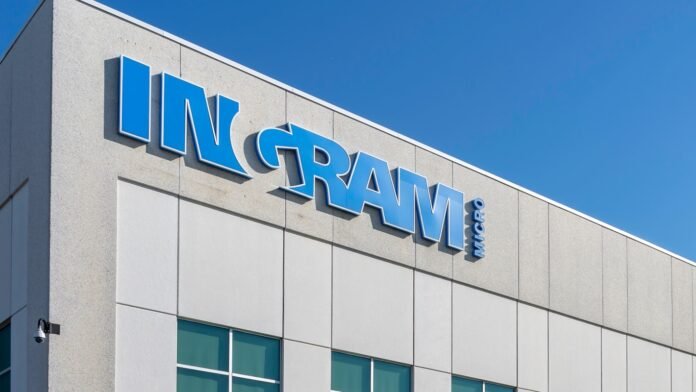The Evolving Landscape of Tech Supply Chain Security
In recent months, the tech supply chain has come under increasing scrutiny as cyber threats evolve and expand. A notable incident involving Ingram Micro, a major player in the distribution of technology products, has highlighted vulnerabilities within this critical sector. While downstream retailers appear to be shielded—at least for now—this situation raises important questions about the resilience of the entire tech supply chain.
Retailers and Regional Distributors: A Buffer Against Disruption
Several retailers have reported that they do not interact directly with Ingram Micro but instead rely on regional distributors who maintain buffer stock. This arrangement has provided a temporary shield against disruptions stemming from cyberattacks. One retailer noted, “At least, these distributors haven’t witnessed any impact yet.” This reliance on intermediaries illustrates a common strategy in the tech supply chain: using regional distributors to mitigate risks associated with direct interactions with larger entities.
However, this buffer may not be as robust as it seems. While current reports indicate that these distributors are functioning normally, the potential for cascading effects from larger supply chain disruptions remains a concern. Retailers must remain vigilant, as the interconnected nature of the tech supply chain means that vulnerabilities can quickly propagate.
The Shift in Threat Actor Focus
The attack on Ingram Micro is emblematic of a broader trend where threat actors are increasingly targeting tech supply chain nodes rather than just software development firms. This shift aims to maximize disruption by exploiting weaker links within the supply chain. Distributors, Managed Service Providers (MSPs), and logistics providers often have lower security maturity compared to larger enterprises, making them attractive targets for cybercriminals.
As these attacks become more sophisticated, organizations must recognize that their security posture cannot solely rely on internal controls. The landscape of cyber threats is evolving, and so too must the strategies employed to combat them.
Expanding Enterprise Security Beyond Internal Controls
To effectively address the risks associated with tech supply chains, enterprises must extend their security measures beyond internal frameworks. Continuous threat monitoring, resilience planning, and visibility across third-party networks are essential components of a comprehensive security strategy.
Jain emphasizes the importance of evaluating and mitigating risks tied to critical IT distributors. Organizations should enhance their due diligence processes by assessing distributors’ security certifications, incident-response readiness, and the tools they employ. This proactive approach can help identify potential vulnerabilities before they are exploited.
Contractual Safeguards and Third-Party Risk Management
In addition to enhancing due diligence, organizations must also ensure that contracts with distributors include clear terms regarding breach notifications, audit rights, and Service Level Agreement (SLA) terms for recovery. These contractual safeguards can provide a framework for accountability and transparency, ensuring that all parties are prepared in the event of a security incident.
Leveraging third-party risk platforms and real-time attack-surface monitoring can further enhance oversight. These tools allow organizations to maintain continuous visibility into their supply chain, enabling them to respond swiftly to emerging threats.
Conclusion: A Call for Vigilance and Preparedness
The incident involving Ingram Micro serves as a wake-up call for organizations across the tech supply chain. While downstream retailers may currently appear shielded, the interconnected nature of the supply chain means that vulnerabilities can quickly escalate.
As threat actors continue to evolve their tactics, it is imperative for organizations to adopt a proactive approach to security. By enhancing due diligence, implementing robust contractual safeguards, and leveraging advanced monitoring tools, businesses can fortify their defenses against the growing array of cyber threats targeting the tech supply chain. In this rapidly changing landscape, vigilance and preparedness are not just options—they are necessities.


